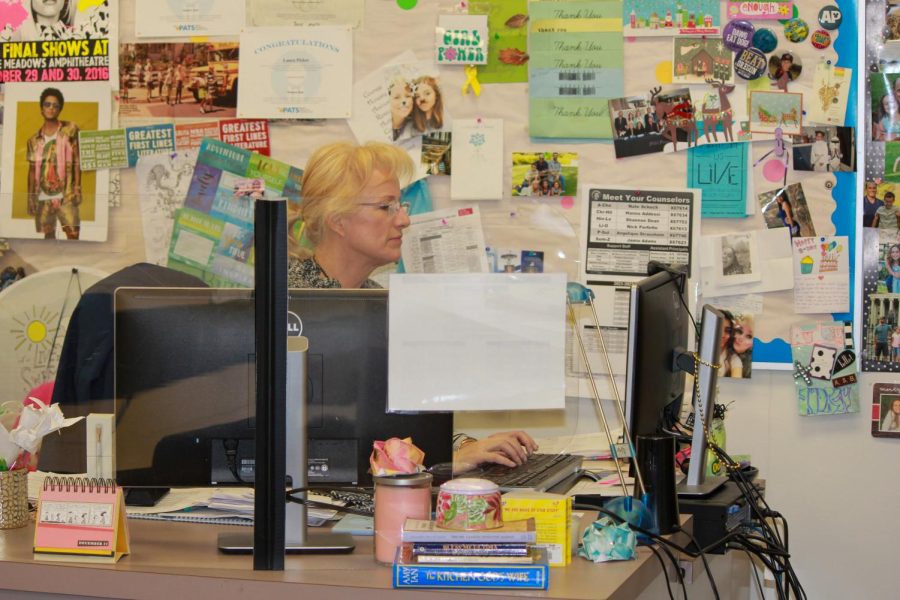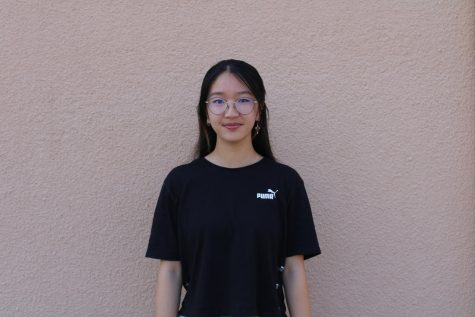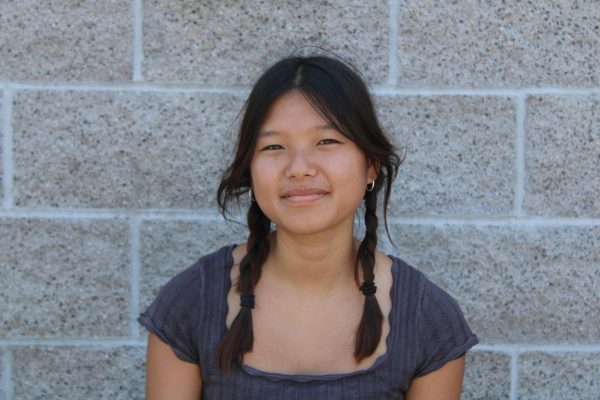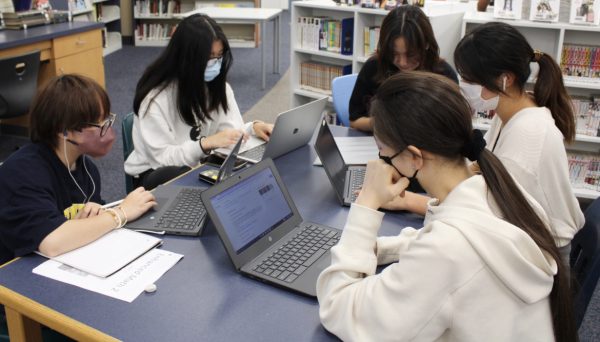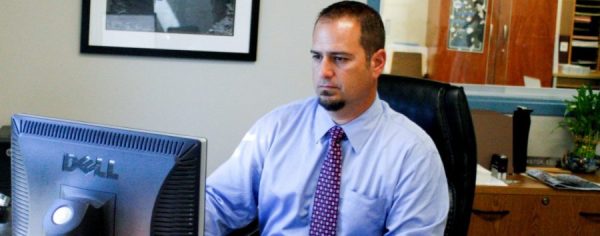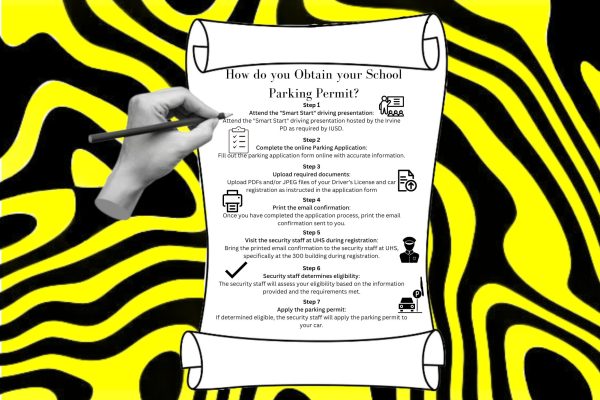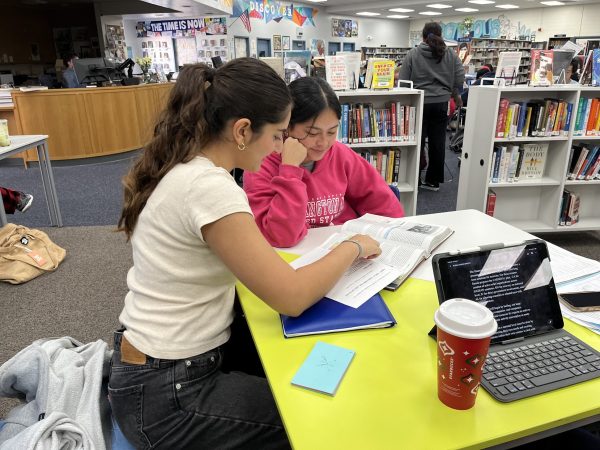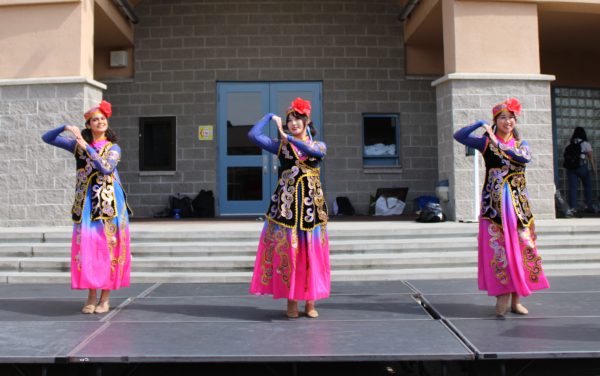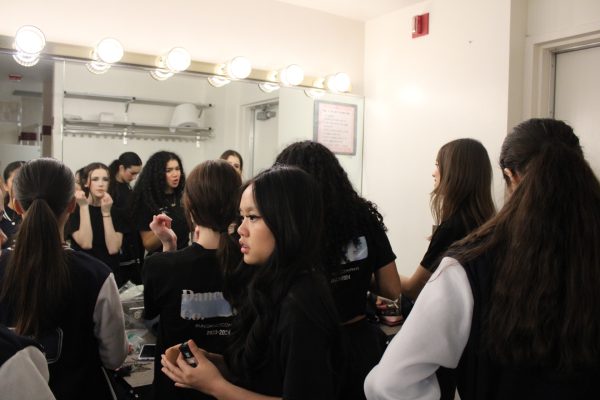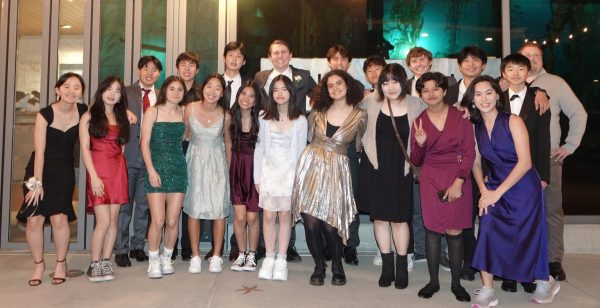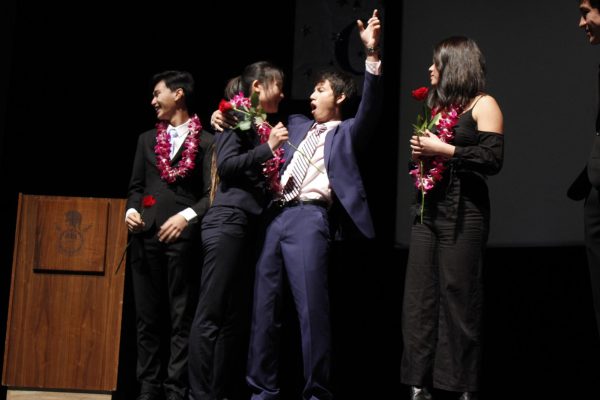Dear Students: Thoughts on Letters of Recommendation
April 29, 2022
What comes to mind when the words “college applications” are uttered? For second semester juniors who will soon become rising seniors, the thought is always hanging in the air, and mentions of it can elicit responses of fear, urgency and denial. For teachers, however, the issue of college applications is often associated with the dozens of letters of recommendation waiting to be written for each of their hundred-plus student loads. Due to no fault of their own, students might be unaware of the long and arduous process of letter writing, how they can actually help their teacher in the process and even what a good recommendation letter should look like.
While students may be hesitant to ask their teachers for letters of recommendation until the last minute, adequate time is often the first thing teachers consider when accepting requests for letters of recommendation.
“There have been times when students who I absolutely adore and would happily write a letter for, ask me [for a letter], but they just ask me within a time frame that I can’t get it done,” AP Language teacher Mrs. Raechl Kynor said. “But if you ask early [. . . ] it makes it much more likely that [you’ll] get a letter of recommendation. It also means a better one.”
The time each teacher spends on their own writing varies, but many spend upwards of an hour to almost two hours in the process, which includes uploading documents and filling out paperwork.
For AP US History teacher Mr. John Kessler, who allocates lengthy amounts of time to writing, the amount of students he accepts requests for has declined in recent years as he has had to become increasingly selective due to his limited time and in-depth process.
“In the last couple of years I have called for meetings with students because I want to know [. . .] your angle, what are you trying to communicate in this application, and what do you want the college to know about you, so I can write a recommendation that best supplements that,” Mr. Kessler said.
On the other hand, Mrs. Kynor asks her students to fill out a Google form with questions about their performance in her class, their extracurriculars and words that describe themselves.
“I always use that just to jumpstart my own letter writing,” Kynor said. “But sometimes I might lean on that a little bit more because that might be where a student tells me what they got out of the class and why they really wanted me to recommend them because they’re not comfortable verbalizing it.”
Different as they may be, these varying approaches both seem to respond to difficulties posed by a shift in the student-teacher dynamic, which many teachers on campus have noticed.
“I’ve noticed that students are overall more quiet in class, so there are less unique and specific accolades to include in letters,” AP Spanish Language teacher Sr. Chris Esposito said. “At the beginning of my career, students were overall super interpersonal and vocal. Nowadays, students prefer to sit quietly on an electronic device.”
Mr. David Knight, who teaches AP Biology and Marine Science, has come across similar difficulties due to the homogenous culture at UHS.
“It is sometimes very hard to find that one thing that makes a Uni student unique and stand out compared to their peers,” Mr. Knight said. “Because Uni students are involved in so many of the same extracurriculars, they all can appear the same on paper. That is why I think it is so important to have a genuine relationship with a teacher. Not just one you potentially want a letter from, but try and make a connection with an adult on campus.”
Unfortunately, however, some students aiming to specifically form such a connection with their teachers for these letters develop a disingenuous relationship with their teacher.
“During a year some students seem interested and engaged and act like my class is the most interesting thing in their world,” Mr. Knight said. “Outside of the class you may see them and they act like you do not exist. Then there are those students that ask for a letter and then never once come back to say thank you or let you know that your efforts as a teacher were appreciated.”
The blame for this shift is not entirely on students though, Mr. Kessler pointed out, but a lack of guidance from teachers, parents and counselors, which oftentimes can’t be helped.
“A lot of parents, because of language or because of immigration, aren’t as helpful –not because they don’t want to be– but because they don’t know the process,” Kessler said.
While the process can seem daunting to navigate because of these limitations, teachers can offer valuable advice to their students. One piece of advice Mr. Kessler provided is that students should take the time to introspect and carefully consider their choices before applying to schools.
“For the student, I think that they need to think about, ‘What are the schools I’m going to apply to? Am I going by name, is it just formulaic, or am I looking at the type of school, the philosophy of the school and what kind of classes?’” Kessler said. “Once they’ve done that, then I think the student and the teacher should meet before that teacher writes a recommendation.”


